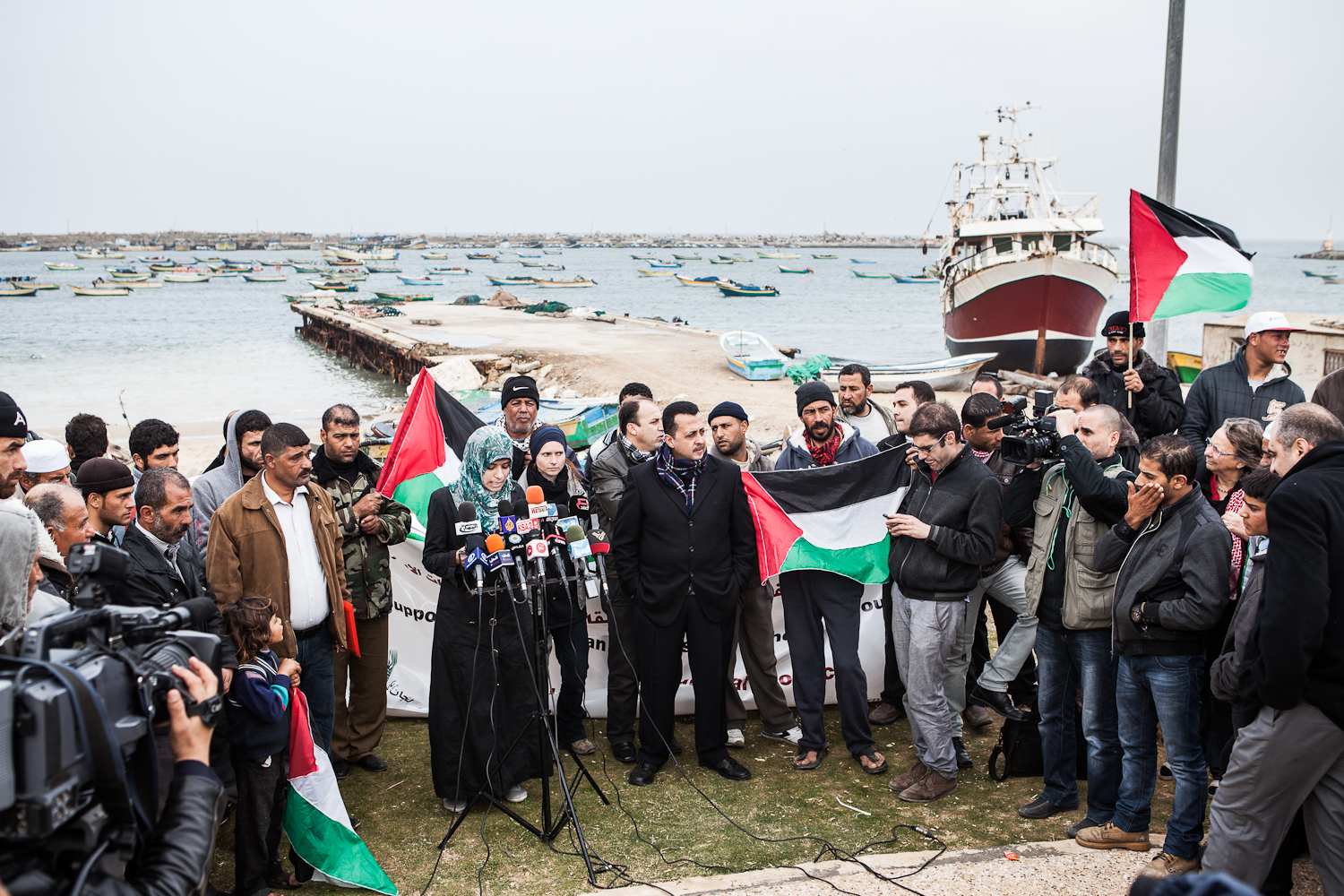Tag: Farmers
-
Remembering Rachel Corrie
19th March 2013 | International Solidarity Movement, Nablus , Occupied Palestine Team Nablus On March 16th 2013, the International Solidarity Movement was joined by the International Women’s Peace Service and the Tanweer Center in commemorating the death of Rachel Corrie – an American peace activist and former member of the ISM. Rachel was killed in…
-
International Day of Action for the Boycott of Israeli Agricultural Products in Gaza
Wednesday, 6th of February, 2013 | Gaza Strip, Occupied Palestine Today´s press conference in support of Palestinian farmers and fishermen held in the port of Gaza City launched several days of activities leading up to the International Day of Action for the Boycott of Israeli Agricultural Products on Saturday 9th February. Speakers were from the…
-
Bulldozing the ceasefire
15 — 17 January 2013 | Khuza’a, Gaza Strip, Occupied Palestine At about 8.30pm on Tuesday 15th January, Israeli tanks and military bulldozers breached the border adjacent to the village of Khuza’a, east of Khan Younis and intruded inside the Gaza Strip. The incursion into Palestinian farmland continued through the night and added to the long…


